Frederica Freyberg:
Well, there may be light at the end of the COVID tunnel with growing numbers of people being vaccinated, but over the course of the pandemic, the mental health of people has deteriorated due to loss of family or friends, job loss, isolation and drug and alcohol abuse and younger people in the 18 to 24 age group have been especially hit as have communities of color. For example, compared to white residents of the state, Black residents have two times the hospitalizations related to COVID. Our next guest is the director of outpatient treatment programs at the Milwaukee County Behavioral Health Division, Ken Ginlack. Thanks very much for being here.
Ken Ginlack:
Thank you.
Frederica Freyberg:
So, the share of adults reporting symptoms of anxiety and depression has jumped from 11% before the pandemic to 41% now according to the Kaiser Family Foundation. Is that what you’re seeing in your practice?
Ken Ginlack:
Yes. There has been a high number of individuals coming in since the pandemic and, you know, the symptoms of depression as well as anxiety has the highest number of people that come in. Also, you know, along with the stress of the pandemic, the people, the communities of color have been hit the hardest as far as what we’re seeing as the numbers come in.
Frederica Freyberg:
Yeah.
Ken Ginlack:
For services.
Frederica Freyberg:
So what are the biggest drivers of this anxiety and depression?
Ken Ginlack:
Well, job loss, you know, worries, stress over paying the bills, interrupting the routine, the daily routine, the high number of — the isolation as well, which would cause depression, and not having that connection with family.
Frederica Freyberg:
So young adults show symptoms, according again to Kaiser, at 56%. Why is it affecting that age group more so?
Ken Ginlack:
In young adults, particularly adolescents, they usually are getting services through school or, you know, being able to have access to social workers and that type of thing at school. And also, when they are able to communicate and talk with their friends, so the socialization that has been taken away due to the pandemic. And so as universities close as well, that age group is suffering from the lack of socialization as well.
Frederica Freyberg:
In fact, thoughts of suicide among young people sits at 26% compared to all adults at 11%. How frightening are those numbers to you?
Ken Ginlack:
Oh, they’re very frightening. And, you know, in fact, in Milwaukee there were 131 suicides in 2020. So, you know, that’s a high number. Actually, it was 131 versus, you know, — I’m sorry. It was 216 suicides versus 131 prior to the pandemic.
Frederica Freyberg:
Tragic, really tangible evidence of the anxiety/depression. Communities of color, as we’ve said, have been disproportionately affected by the pandemic and likewise according to data have been more likely than white adults to suffer mental health effects. Is there enough support and access to treatment available?
Ken Ginlack:
Well, there has been a lack of therapists prior to the pandemic and especially therapists of color, right? And so right now there’s still a big challenge as far as having waiting lists and actually having access to those services. When you throw the pandemic in, you know, there’s also, you know, lack of transportation to get to providers, uninsured. So, you know, we have been doing everything in our power to make services accessible for people in the community. Something you may not be aware of, we actually have started to open clinics within the community to lessen some of those barriers of trying — you know, for people in the community to have access to services.
Frederica Freyberg:
Well, that’s great news. Other than that kind of access to your professional services, what should people do to try to help themselves or their loved ones if they see these kinds of things like anxiety or depression?
Ken Ginlack:
Reach out. You know, the biggest thing I can say is reach out. And, you know, reach out to that family member. Just give them a call. Just to say hello. Do wellness checks. You know, continue to take care of your family members, you know. Also, those that suffering alone, you know, there’s actual virtual groups that they can actually attend. And just talk to someone. Also calling the crisis hotline. So there’s various things that they can try to do to continue to communicate and release some of that pressure of being alone.
Frederica Freyberg:
Yeah. We should all keep our eyes open. Ken Ginlack, thank you very much and thanks for your work.
Ken Ginlack:
Thank you.
Search Episodes
News Stories from PBS Wisconsin

Donate to sign up. Activate and sign in to Passport. It's that easy to help PBS Wisconsin serve your community through media that educates, inspires, and entertains.
Make your membership gift today
Only for new users: Activate Passport using your code or email address
Already a member?
Look up my account
Need some help? Go to FAQ or visit PBS Passport Help
Need help accessing PBS Wisconsin anywhere?

Online Access | Platform & Device Access | Cable or Satellite Access | Over-The-Air Access
Visit Access Guide
Need help accessing PBS Wisconsin anywhere?

Visit Our
Live TV Access Guide
Online AccessPlatform & Device Access
Cable or Satellite Access
Over-The-Air Access
Visit Access Guide
 Passport
Passport


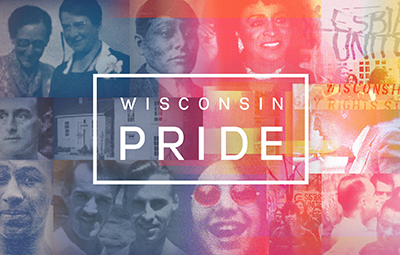






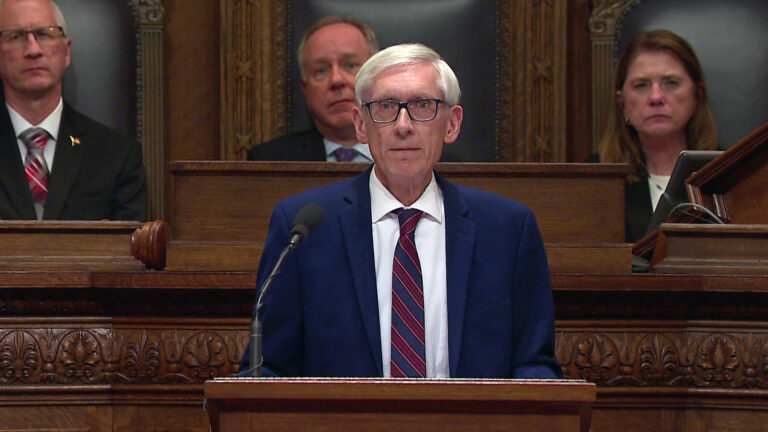

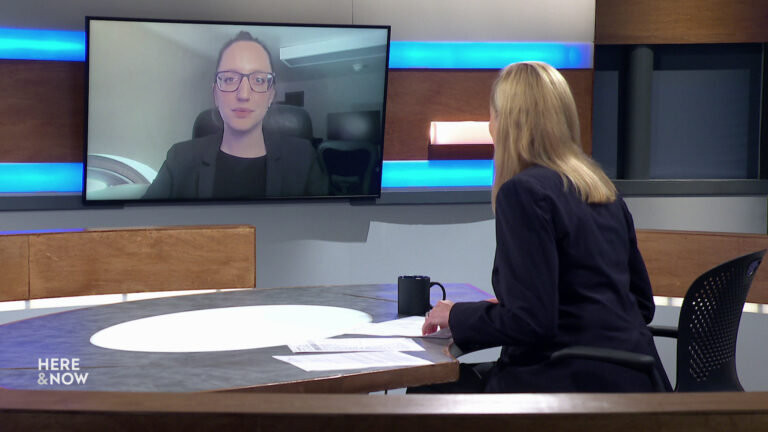

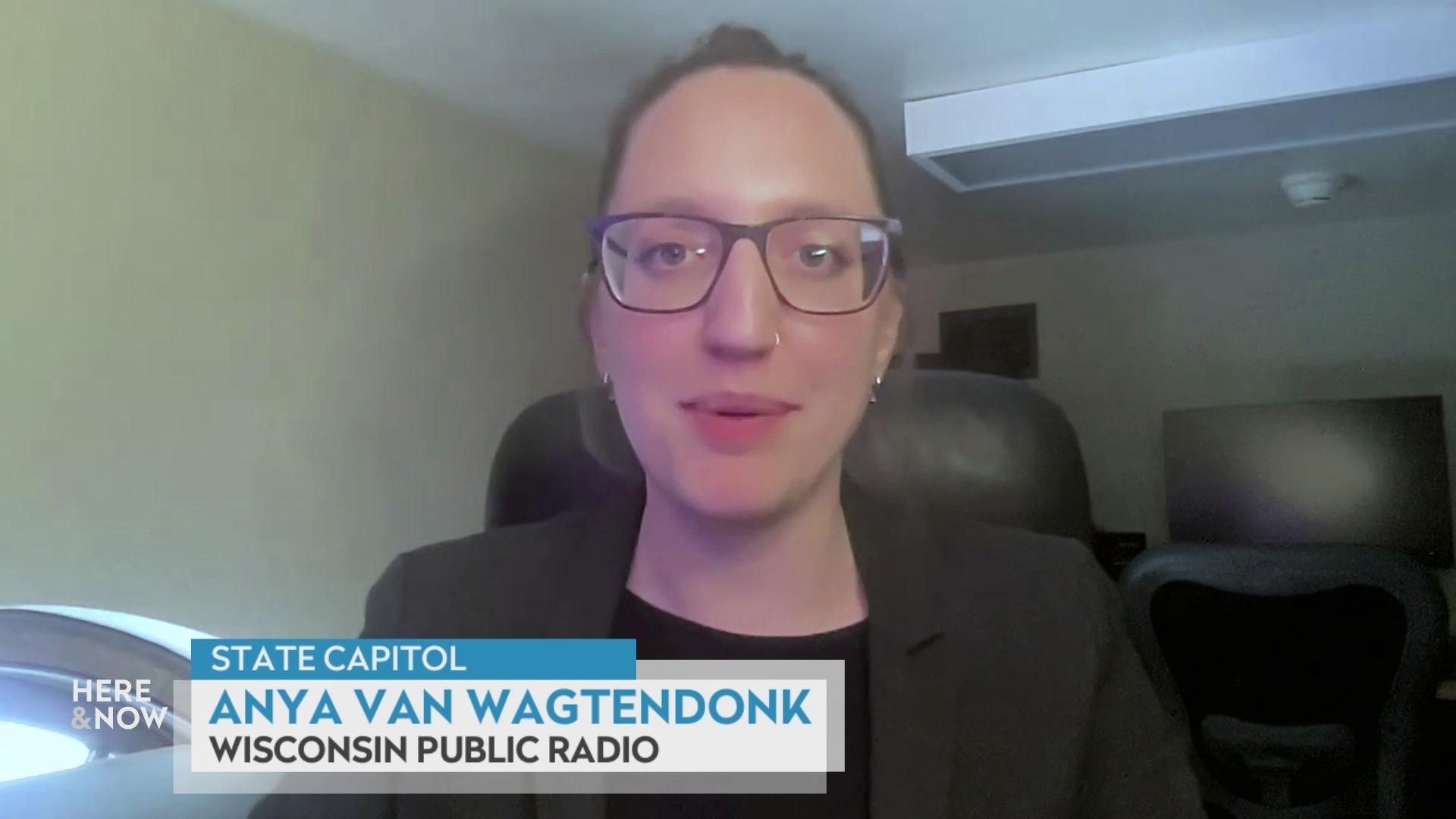
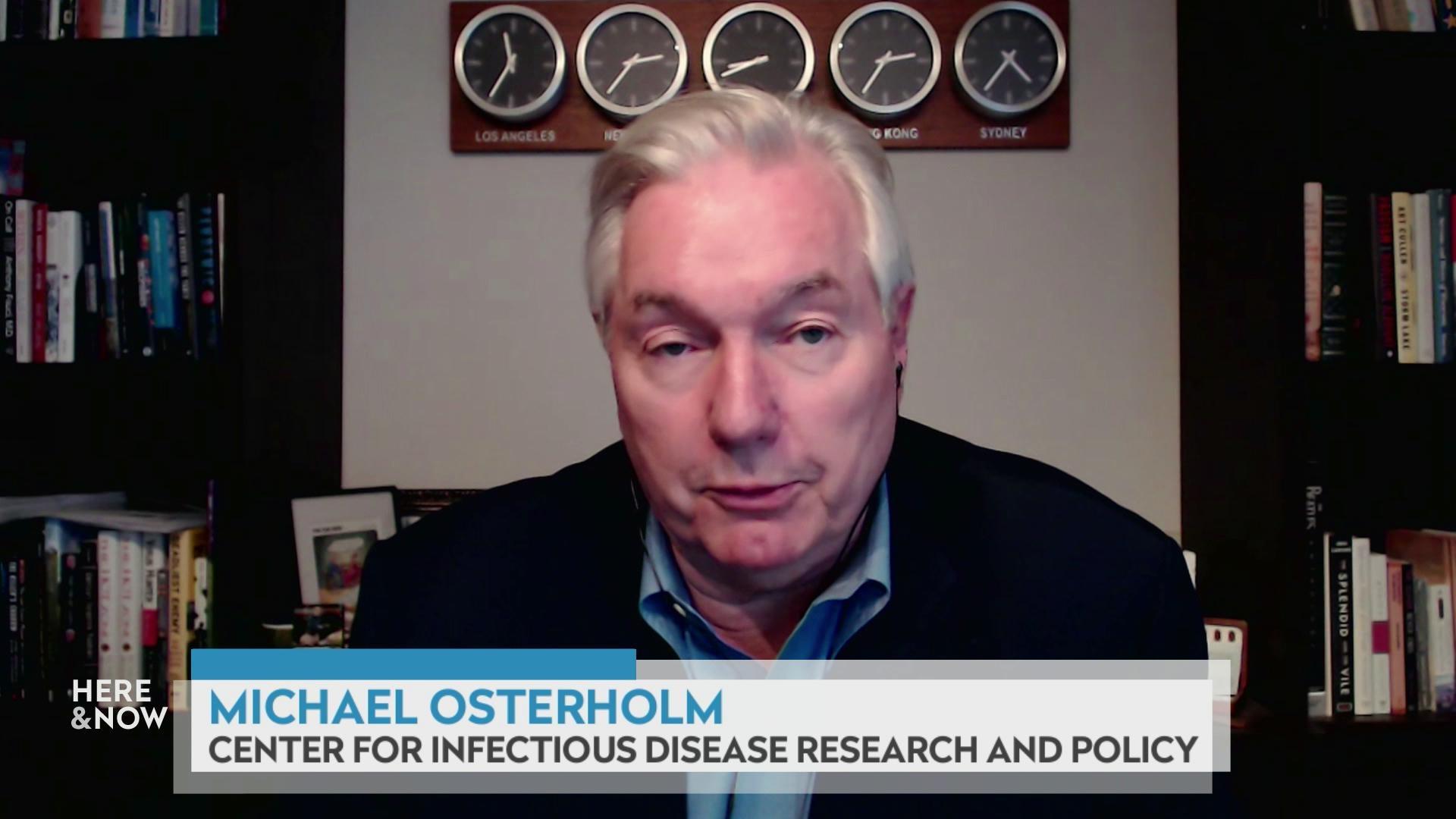



Follow Us